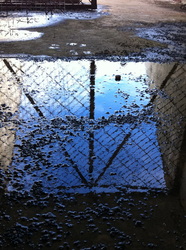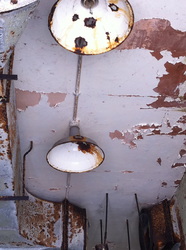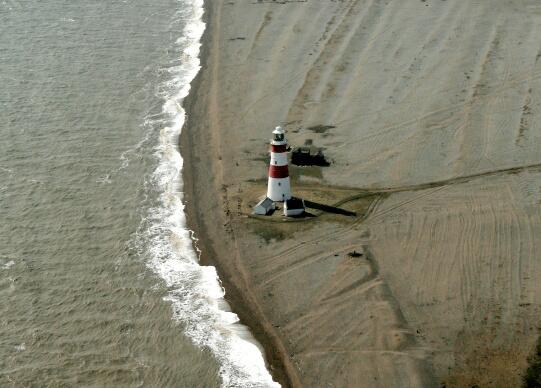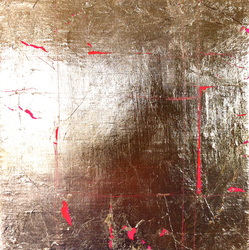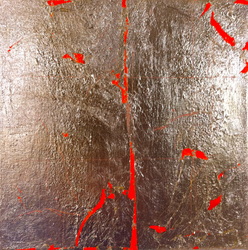|
Last summer I took part in an artists walk and talk visit to the AWRE site at Orford Ness with the artists Jane and Louise Wilson, who showed their work Blind Landing as part of Untrue Island, referring to the Blind Landing Experimental Unit there during the Cold War. The work made great use of the space with a series of site specific installations, using measuring sticks together with captured sound, (the measuring sticks were those used as a measure for scale in the building of film sets). The pieces are set in the old laboratory buildings, 'challenging the sense of scale and ruin, pointing to the architecture of forensics and camouflage, and highlighting their historic relevance as future ruins.' http://www.nationaltrust.org.uk/article-1356392567173
The site was fascinating to explore, with its previous use as an atomic weapons research site, it has its sinister side and still seems shrouded in mystery. However, what I found most fascinating was that particular sense of time and place that is embodied in its surfaces. It has made me think about the essence of place and the way that this can permeate a painting. With the deterioration of this place there is a sense of time, abandonment and loss - poignant, transient and thought-provoking - making us confront issues of mortality. The roofs of most of the buildings, having disappeared gave rise to pools of water after the recent rains - on a bright July day these blue pools seemed to contain the only element of hope - the potentiality of reflections in water - changing, moving, brighter than all the rest and when the sun fades they dim but don't become dilapidated! I wrote this at the time, meaning to put it on the blog and have just found it saved as a draft. Today Trinity House have decommissioned the Orfordness Lighthouse, the water having now got so close to the building. In this case the water is not an element of hope but one of impending damage, the shifting shingle spit a sign of possible climate change. It is sad to see the lighthouse closed, after over 200 years of use. Last summer Trinity House generously allowed me to go in and photograph it and I will soon put these pictures up here.
2 Comments
I have been working with some ideas using neon paint and imitation gold leaf. The gold leaf I have had since doing a medieval material and techniques course some time ago. I wanted to get a sense of layers and looking through - so the paintings have gesso, neon acrylic and the gold leaf on top - I also wanted imperfections - though using gilders size, I don't think I could have had anything other - it is so sticky! In the past I've used egg white which is much easier.
The paintings made me think about what was underneath them - more paint, alterations, trials and errors. Recent field walking with the 'Making a Masterpiece' project in the Stour Valley reminded me of my first job working for an Archaeological Unit in Lincolnshire - fieldwalking, digging, surveying and drawing finds for publication. The hopes that we would go out with and the finds that we would bring back - all fascinating in their own way, layers of history, although not always living up to our expectations! These paintings too - wanting them to be rather bare and minimal, but with a sense of something more perhaps - like scratchcards - all promise?! 'As good as gold' usually a term used for well-behaved children - well here the neon pink and orange is peeping through - so possibly not so well-behaved? Anyway I am pleased that they have been selected for the show 'Fool's Gold' at Cultivate, Vyner Street, London opening on 29 March. |
Archives
May 2014
Categories
All
|

